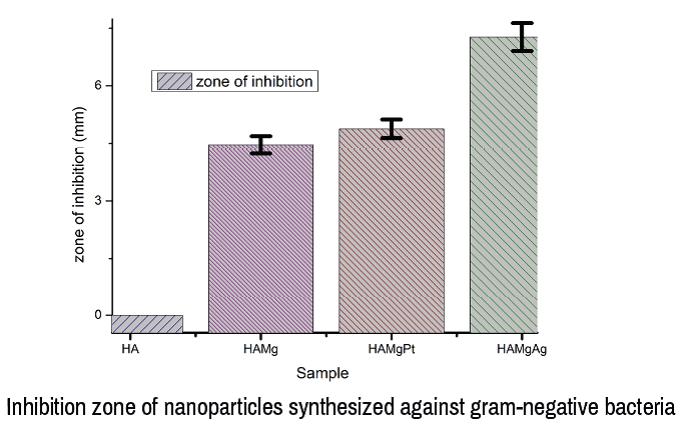
Carlos GarcÃa-Negrete
Universidad del Sinú, Colombia
Title: Magnesium and platinum doped hydroxyapatite nanoparticles as multifunctional biocompatible-bactericidal composites
Biography
Biography: Carlos GarcÃa-Negrete
Abstract
Nanotechnology and materials science can be combined to develop new devices with intrinsic antimicrobial properties. For bactericidal effects, alternatives such as the use of metal nanoparticles (MNPs), metal oxides and metal phosphates have been studied. Hydroxyapatite Nanoparticles and magnesium oxide nanoparticles (MgO NPs) have received much recent scientific attention however to reach antibacterial effects similar to that observed for silver oxide nanoparticles (Ag2O) NPs. The purpose of this research is to produce multifunctional biocompatible-antimicrobial nanocomposites made of hydroxyapatite doped with magnesium and platinum (HA/Mg/PtNPs) by using a solvothermal method. For synthesis of targeted Nano composites Ca(NO3)2.4H2O(0.5 M); (NH4)2HPO4 (0.3 M); MgCl2.6H2O (0.05 M) and PtCl4 (0.025 M) were used in solutions adjusted to pH 11. Next, mixtures were added slowly into water in oil emulsion of cyclohexane with a suitable stoichiometric ratio (surfactant/cosurfactant) of cetyltrimethylammonium bromide and polyethylene glycol 600. The milk suspension was heated in a hydrothermal reactor for 12 h at 170°C (16 bar). After that, the obtained precipitate was dried at 60°C for 14 h and the resultant material was calcined at 600°C for 2 h. Antibacterial activity of the as-synthesized Nano powders was tested by the standard agar disk-diffusion method. Solutions of nanopowders were tested against bacterial suspensions (E.coli – S. aureus) with a turbidity of 0.5. It was found that hydroxyapatite doped was successful synthetized by solvothermal method. FTIR analysis of HA/Mg nanoparticles showed broader spectra compared to pure HA. The crystallite size of HA/Mg nanoparticles was also lower than that to pure HA. Further, results of antibacterial activity test showed that HA/Mg/Pt nanoparticles are resistant material against Gram negative bacteria. Interestingly, it was found that the stoichiometric surfactant/cosurfactant ratio used affects the size and morphology of HA/Mg/Pt nanoparticles as well as the corresponding antibacterial activity. These results point to HA/Mg/Pt nanoparticles can be used as antimicrobial agent.

Recent Publications :
- 1. Krishnamoorthy K, Manivannan G, Kim SJ, Jeyasubramanian K, Premanathan M. Antibacterial activity of MgO nanoparticles based on lipid peroxidation by oxygen vacancy. J Nanoparticle Res;14(9):1063.
- 2. Kumari L, Li WZ, Vannoy CH, Leblanc RM, Wang DZ. Synthesis, characterization and optical properties of Mg(OH)2 micro-/nanostructure and its conversion to MgO. Ceram Int;35(8):3355–64.
- 3. Jin T, He Y. Antibacterial activities of magnesium oxide (MgO) nanoparticles against foodborne patho gens. J Nanoparticle Res;13(12):6877–85
- 4. Carlos García, Claudia García, Carlos Paucar, Controlling morphology of hydroxyapatite nanoparticles through hydrothermal microemulsion chemical synthesis, Inorganic Chemistry Communications, Volume 20, June 2012

